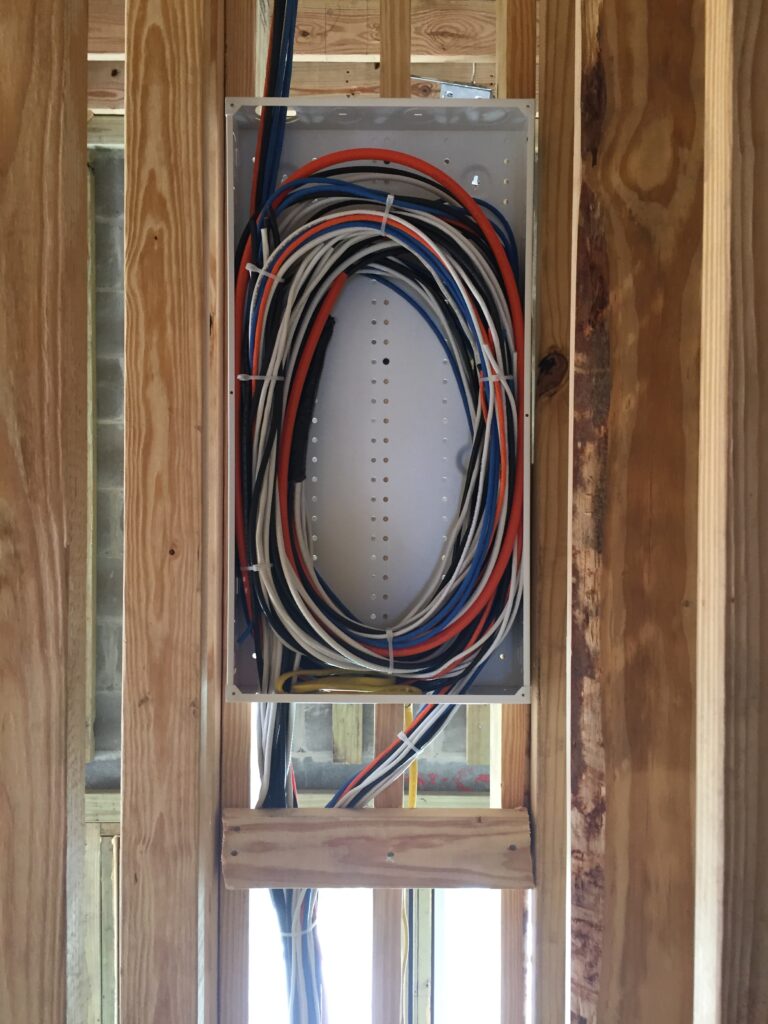If you are building a home, you probably want to plan it for home electronics now, and in the future.
Here are some simple things to consider:
- Will you want music around the house?
- Will you have a computer or more than one computer?
- Will you have TV via antennae, cable, satellite or all of these?
- Will you want room-to-room control?
- Will there be adequate access points?
- Will there be a home theater? With surround sound?
- Is door cameras with door answering a consideration?
- Would you prefer one set of controls for lighting, temperature, music, video, etc.?

